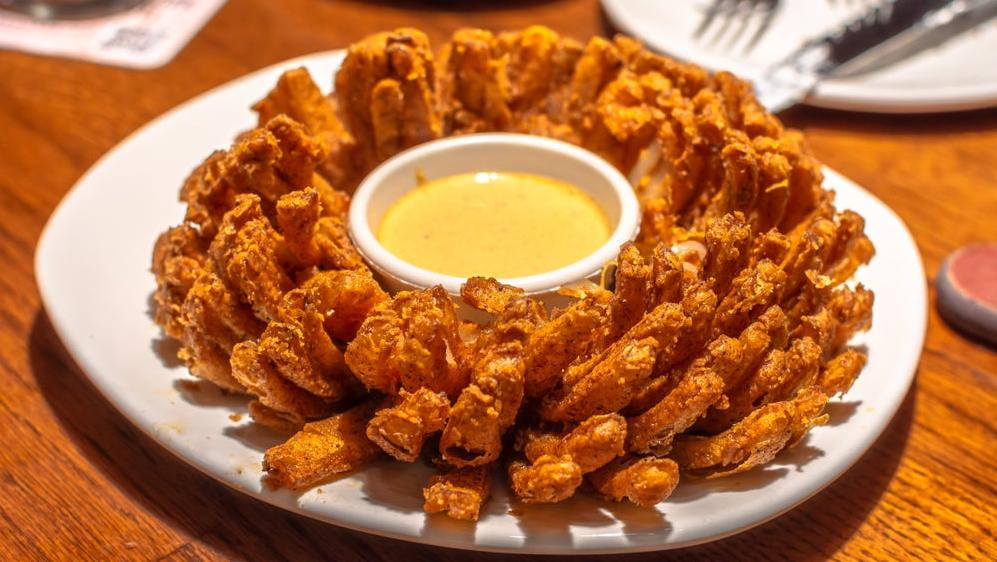The Future Might Be Full Of Petite Chain Restaurants
A new initiative by Outback Steakhouse might signal a shift in sit-down dining.
The days of the cavernous big-box chain restaurant might be numbered. In a recent announcement to analysts, Outback Steakhouse executives said that they plan to grow the brand significantly over the next couple years—and they'll do so by designing a new and smaller prototype, a more compact version of the Outback we all know (and, in some cases, presumably, love). In a post-pandemic landscape, it's a tactic that might soon become the norm among other brands we associate with huge footprints. Why? Because we don't dine the way we used to.
Why chain restaurants are getting smaller
Depending on your current comfort level with dining out at restaurants, it might shock you to hear that "off-premises orders" (either via takeout, delivery, third-party delivery, what have you) are still up 92% over 2019, according to data from market research firm The NPD Group and shared by Nation's Restaurant News. But that doesn't mean that traffic is still down in dining rooms—on-site dining is up, too. The post-pandemic consumer wants meals to be fast, convenient, and customizable to indoor, outdoor, or off-site experiences, depending on preference. Can you blame us? The industry utterly transformed itself to accommodate 2020's newfound reality, and it was inevitable that some of us would develop a taste for that multitude of options.
To run a successful hybrid operation with both a dining room and a delivery arm, though, a restaurant has to be careful about how it allocates resources, schedules employees, and streamlines menu items for maximum efficiency. For Outback, which does about 30% of its business via off-premises sales, that means the big, boxy restaurant design needed a makeover—one that reduced the overall size of each restaurant by 16%.
"We accomplished this by simplifying the configuration of the restaurant," said Mark Graff, SVP of business development at Bloomin' Brands (the excellently named parent company of Outback Steakhouse). "This included redesigning the back of the house and optimizing the layout of the dining room. Importantly, we did this without compromising the guest experience or the number of tables."
Okay, so it's not going to be any harder to grab a table at Outback. That's good. Maybe the design just takes out some of that sheer acreage of negative space that I associate with my experience at any big-box dining chain, the laminate floor echoing with the sound of the server's feet as they approach from miles away to take our order. That wouldn't be the worst thing in the world, as long as no one is packed like sardines. (That's the kind of treatment we expect at fancy restaurants with banquette seating, not our reasonably priced fast casual institutions!)
NRN also notes that higher volumes of delivery and takeout mean that the new restaurant design is "adding space for those channels" and would reduce building costs by about 20%. Those percentages might not seem significant, but with Outback poised to double its number of restaurants in the coming years, that adds up to a whole lot of sugar steaks.
In order to survive and thrive, the Outback of the Future must crack the code for designing a restaurant that caters to every type of diner: the one who wants to stroll in with a party of 6 for a Bloomin' Onion, the one who wants to grab a Bloomin' Onion on the way home from work, and the one who wants to manifest a Bloomin' Onion from their couch by way of third-party delivery app. That requires savvy staffing so that the kitchen can handle the volume and variety of orders, and the servers on the floor aren't overwhelmed by the in-house dinner rush. Whichever restaurant can figure all that out will win the Franchise Wars for sure.
